The night sky is a sight to behold, with its glittering stars and mysterious planets. But when it comes to brightness, not all stars are created equal. From dim to dazzling, here are the top 7 brightest stars in the night sky.
Capella
Capella is the brightest star in the Auriga constellation. It is the sixth brightest star in the night sky and the third brightest star in the northern hemisphere. Capella is a yellow-white supergiant star, about 10,000 times brighter than the Sun. It is located at a distance of about 42 light-years from Earth. This star is about 12 times bigger than the Sun in size and has a mass of about 20 solar masses. Capella is a double-star system, consisting of two giant stars that orbit each other at a distance of about 0.1 Astronomical Units.
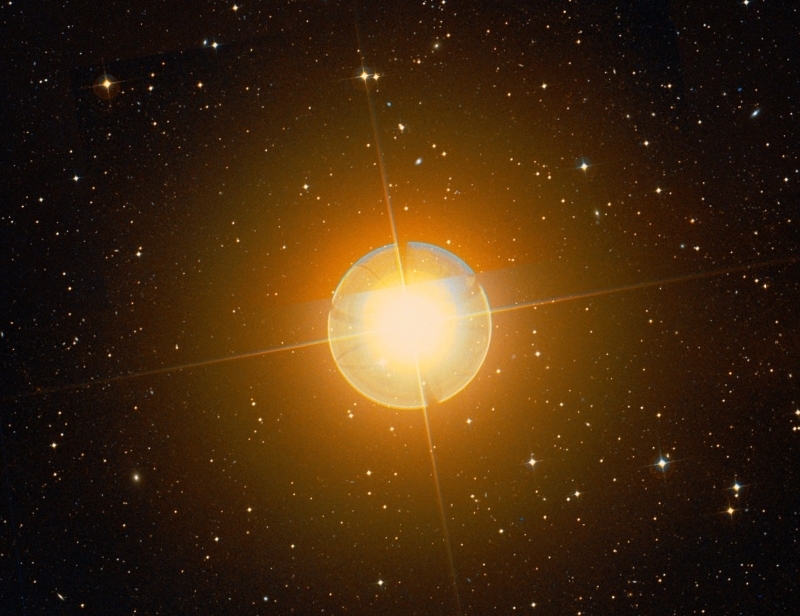
Vega
Vega is one of the brightest stars in the night sky. It is a blue-white star located in the constellation Lyra. It is the fifth brightest star in the sky and the second brightest star in the northern hemisphere. Vega is around 25 lightyears away from Earth. It is the brightest star in the northern hemisphere and is easily visible in the night sky. The star is about 2.5 times the mass of the Sun and around twice its size. It has a temperature of around 9,500 degrees Celsius, making it one of the hottest stars in the sky.

Sirius
Sirius is the brightest star in the night sky. It lies 8.6 light years from Earth in the constellation of Canis Major. It is 25 times brighter than our Sun and twice as massive. Sirius is also known as the Dog Star due to its location in Canis Major. It is a binary star system, composed of a white main-sequence star and a faint white dwarf companion. Sirius A is the brightest star in the night sky and has a luminosity of 23 times that of our Sun.
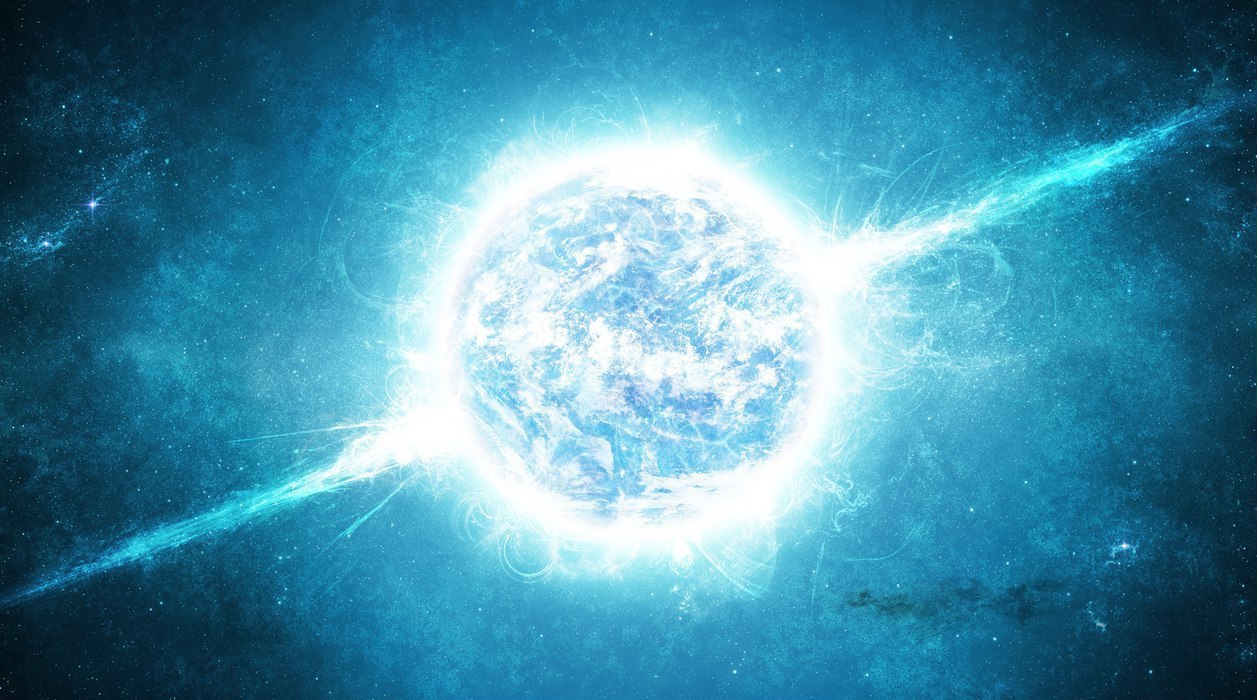
Rigel
Rigel is the brightest star in the constellation of Orion. It is a blue-white supergiant, located some 860 light-years away. Rigel is estimated to be 100,000 times brighter than the Sun. Its temperature is estimated to be between 11,000 and 12,000 K. It is so powerful that its light can be seen from over 860 light-years away. Rigel is a double star, with a companion star, Rigel B, orbiting it at a distance of 0.06 AU. The two stars are separated by approximately 7.5 arcseconds.
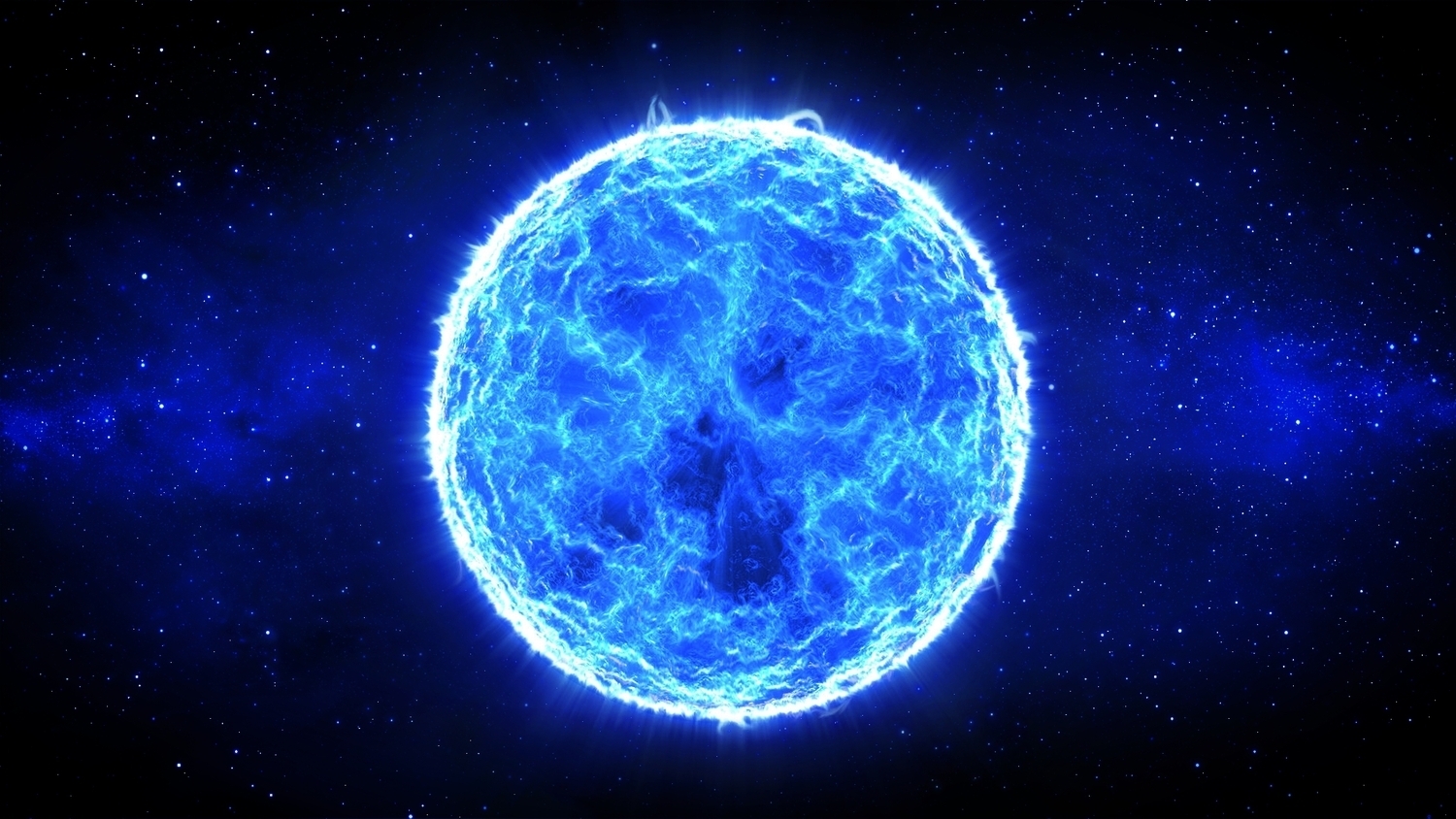
Canopus
Canopus is the brightest star in the night sky. It is located in the constellation Carina, about 310 light-years from Earth. Canopus is an Alpha Carinae type star, which is a supergiant that is about 10 times the size of our Sun. It is estimated to be about 10,000 times brighter than our Sun. Canopus is so bright that is can be seen even in areas with light pollution. It has been used by sailors to help them navigate since ancient times.
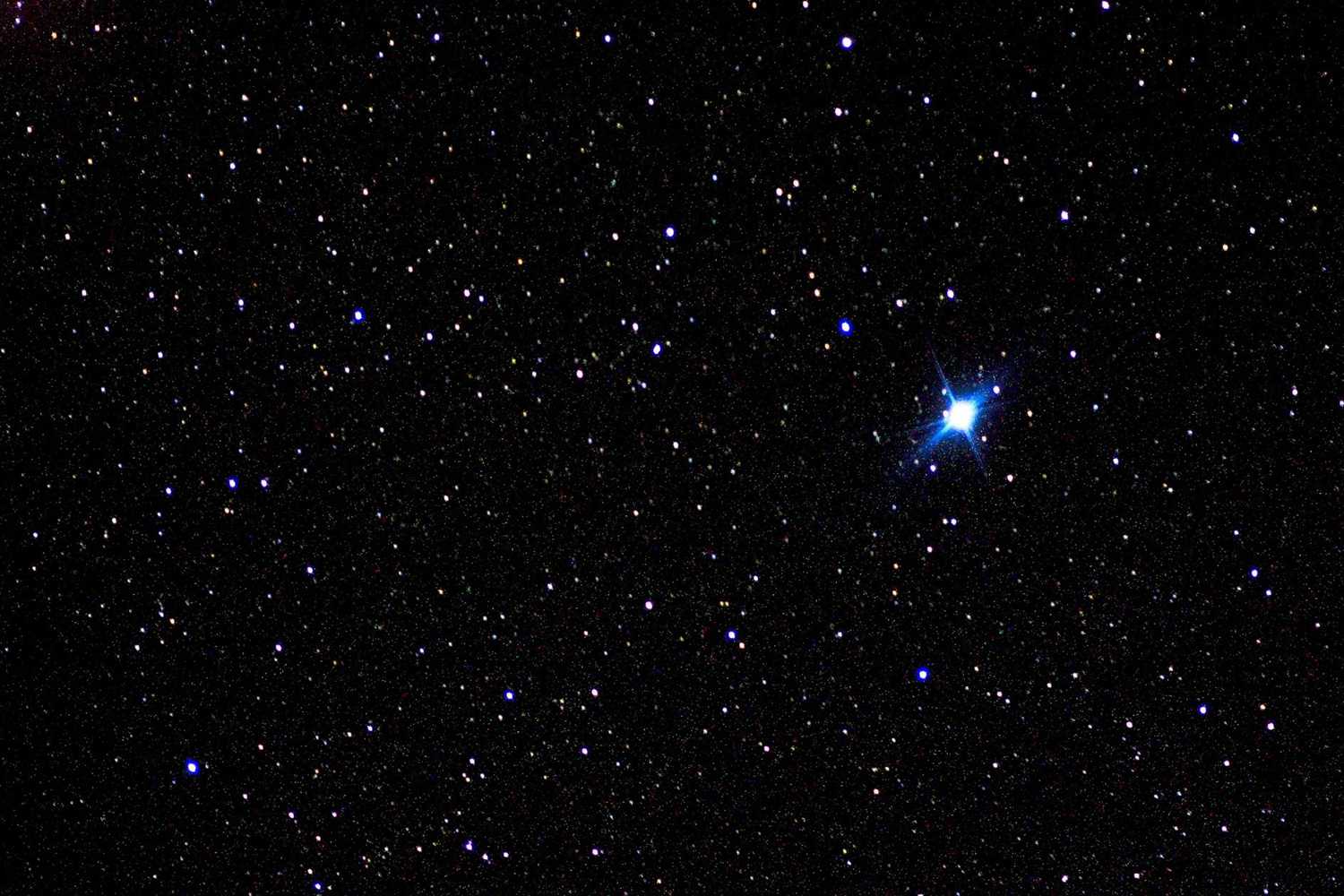
Procyon
Procyon is the 8th brightest star in the night sky and the brightest in the constellation Canis Minor. It is a binary star system located 11.4 light-years from Earth. Its primary component is a white main-sequence star that has a temperature of around 7500 K. Its secondary component is a faint red dwarf star. Procyon has twice the mass and radius of the Sun, and is about 55 million years old. It is a relatively young star and is still in the process of burning its hydrogen fuel. It will eventually evolve into a red giant.
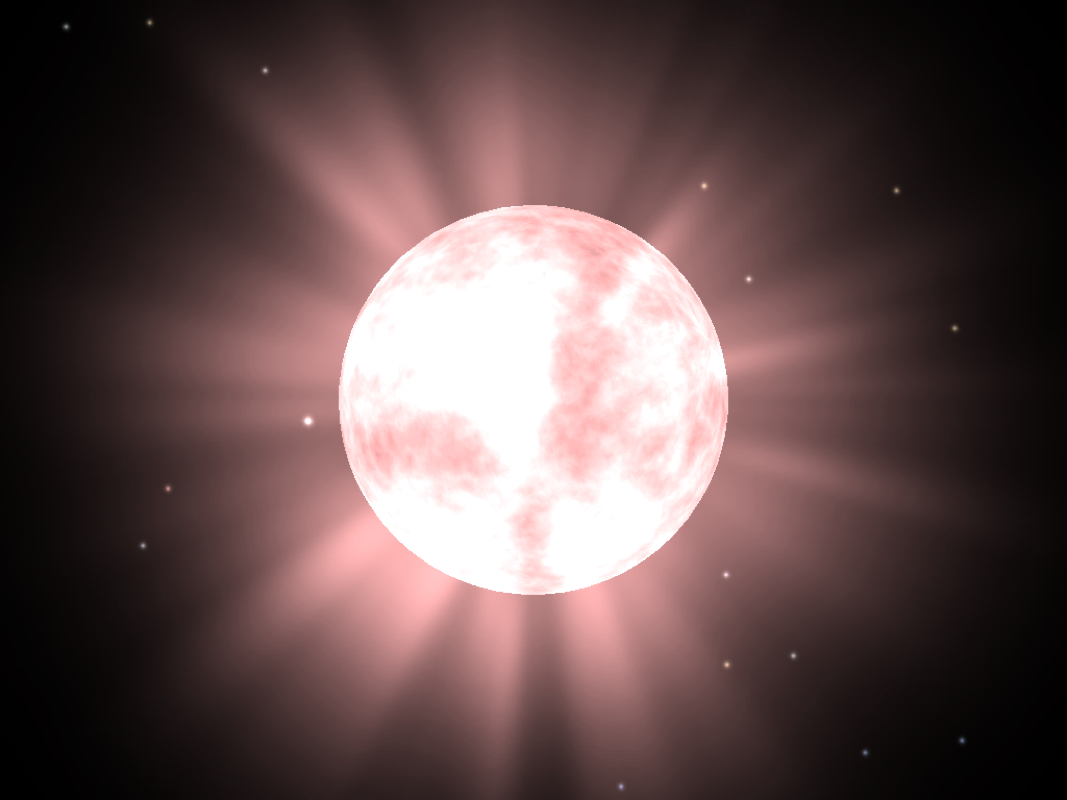
Arcturus
Arcturus is the brightest star in the Northern Hemisphere. It is a red giant located in the constellation Bootes. It is 36.7 light years away from Earth. Its name is derived from the Greek word ‘arktos’, meaning bear. Its visual magnitude is -0.05, making it one of the brightest stars in the night sky. It is approximately 25 times the size of our Sun, and 170 times its luminosity. Arcturus is around 4 billion years old, and is about to enter its red giant phase.

